5 Famous Japanese Landmarks You Must Visit
From stunning natural landmarks to man-made castles and temples, Japan is filled with fascinating places to visit, but where do you begin? Kick-start your adventure with five of the most iconic landmarks in Japan.
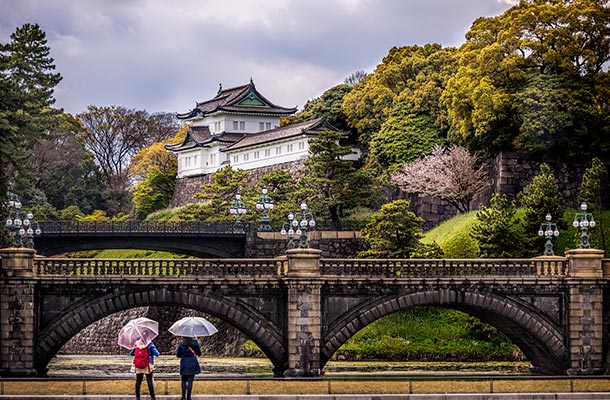 Photo © iStock/golaizola
Photo © iStock/golaizola
1. Tokyo Imperial Palace and Castle
Built on the historic site of the Edo Castle, the Imperial Palace and adjoining Edo gardens in central Tokyo are steeped in history and home to the Emperor and Empress.
Entrance to the palace is restricted, but guided tours of the palace gardens are offered (in Japanese) throughout the year, except on Mondays, Fridays and on national holidays.
The tranquil and picturesque 52-acre East Gardens is open to the public where the remains of Edo Castle can be found, so be sure to include this stop on your Tokyo itinerary.
Visit when the cherry blossoms bloom for the ultimate viewing experience.
2. Osaka Castle
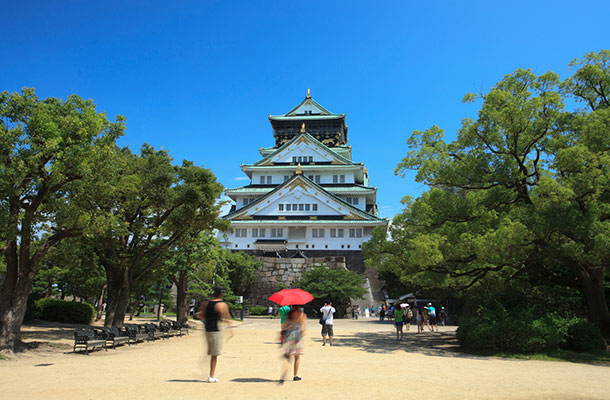
The 16th-century building is Osaka’s showpiece attraction. After strolling through the castle grounds, you’ll encounter the jaw-dropping beauty of the castle’s main tower.
Inside, a museum tells the history of the building, while an observatory 50m high offers views across the city. The castle is surrounded by moats and stone walls while 13 structures that escaped various wars are of recognized historical value to the Japanese government.
Visit the castle in spring to admire the renowned cherry blossoms while relaxing in the castle grounds with okonomiyaki - a local delicacy.
3. Tōdai-ji
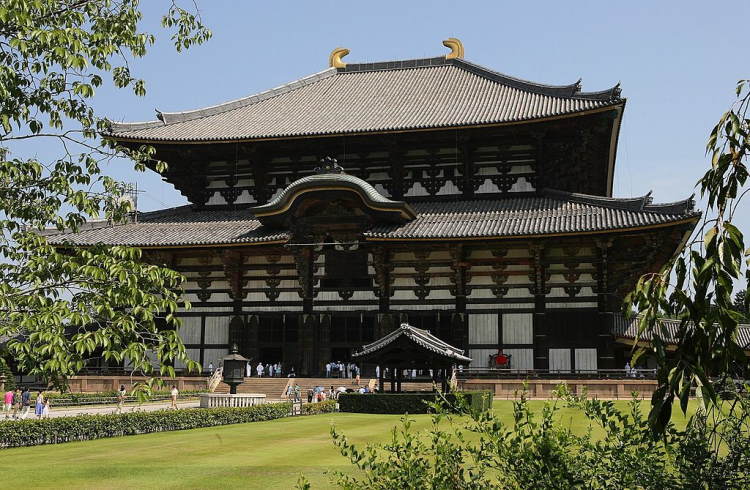
Situated in Nara, Japan's first permanent capital, Tōdai-ji is all about superlatives. It's the largest wooden building in the world, and houses the 52ft/16m high Diabutsu (Great Buddha), one of the largest bronze statues in the world.
The temple's main gate, Tōdai-ji Nandai-mon (Great South Gate) is the largest temple entrance gate in Japan, renowned for its two fierce-looking, dynamically posed guardian statues.
The surrounding park is famous for its semi-wild deer who roam freely around the grounds. You can buy special crackers to feed the deer, but be warned that they can be a bit aggressive in their eagerness for a snack.
4. Arashiyama Bamboo Grove

Hidden in the western suburbs of Kyoto is a small district that you’ll fall in love with. The Bamboo Grove is Arashiyama’s most famed asset and another ‘must-see’. Droves of thick bamboo trees decorate the winding paths offering plenty of photo opportunities.
Before you reach one of nature’s beauties, visit Tenryu-ji temple, a UNESCO world heritage site, which leads up to the grove.
Time to spare? Hire a boat and row around the Hozu-gawa area to complete the ultimate Arashiyama experience.
5. Hiroshima Peace Memorial Park
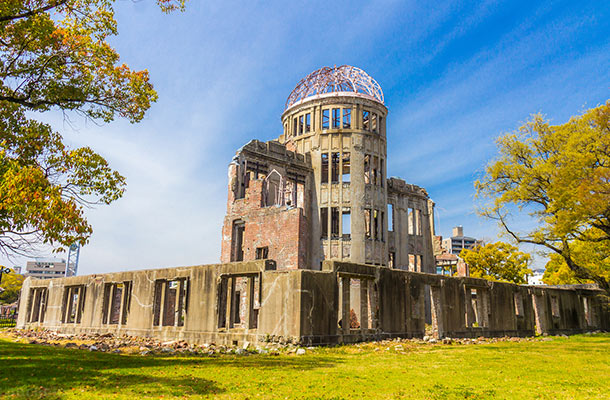
Another UNESCO site of grave importance to Japan is the Hiroshima Peace Memorial Park. Starting at the base of the park, you can tour the Hiroshima Peace Memorial Museum, which tells the story of the atrocities on August 6 1945 and its aftermath. Other monuments in the grounds include a cenotaph and a hall of remembrance, which offers a 360° panorama of the bombed city.
Take a short stroll alongside the Motayasu river and you will encounter The A-Bomb Dome, the former Prefectural Industrial Promotional Hall, which remains the only building left since the disaster.
Related articles
Simple and flexible travel insurance
You can buy at home or while traveling, and claim online from anywhere in the world. With 150+ adventure activities covered and 24/7 emergency assistance.
Get a quote
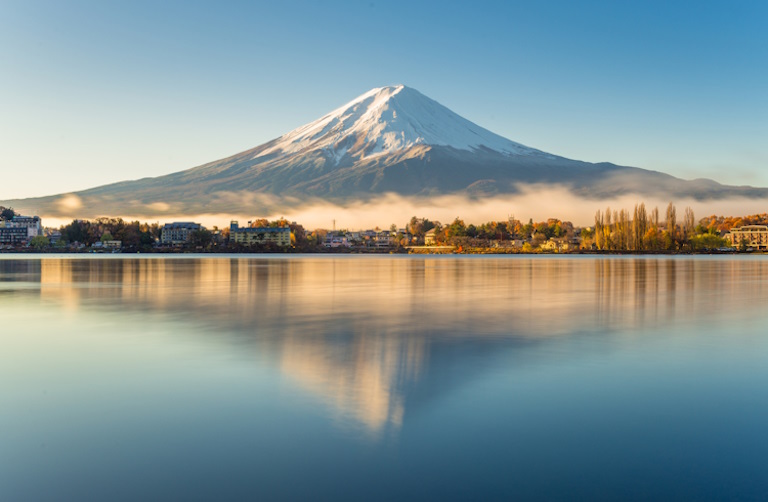
No Comments